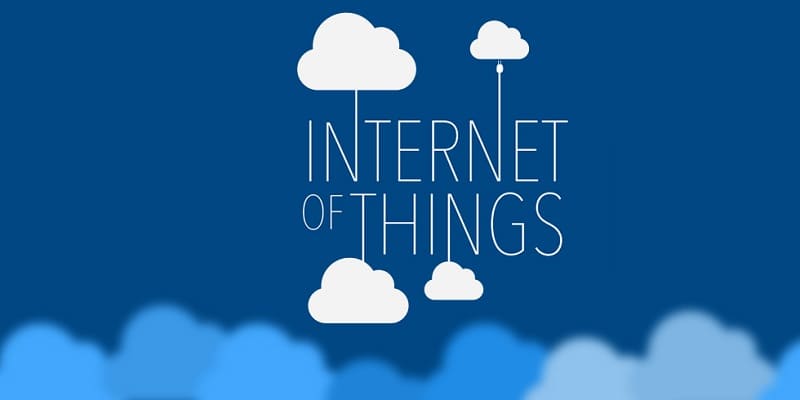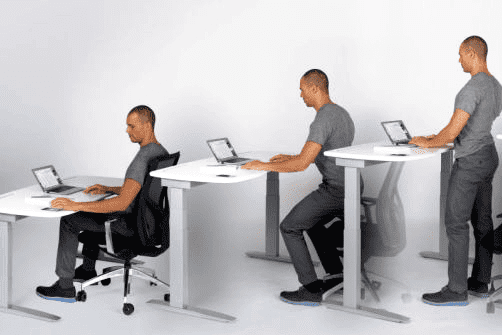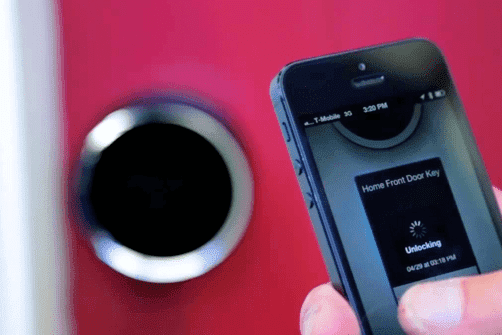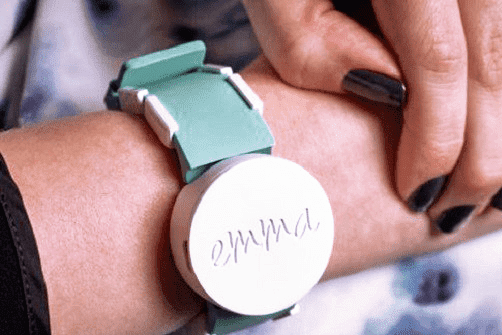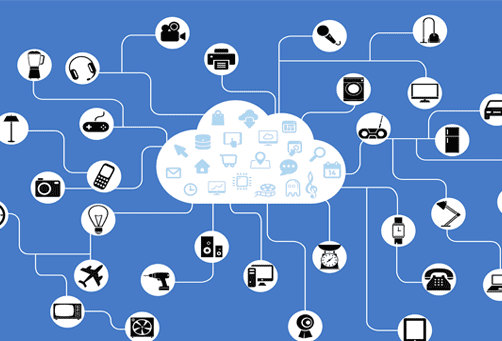With the technological adaptations, thousands of objects are being connected, automating tasks and seeking to facilitate our daily life. Check out how Cloud and IoT relate!
Cloud Computing and IoT
The world is connected! We have already experienced the advances in technology, such as the Internet of Things – which allows us to access and control various things through smartphones and mobile devices. The prediction is that in the future all this accessibility becomes even easier and much more practical.
In the era of artificial intelligence or IoT (Internet of Things) where the Internet is not only present in computers, cell phones, and tablets, but also in vehicles, shoes, clothes, pens, among many other objects we see there – things we could not even imagine a while ago – cloud computing has become a solution with an increasingly crucial role with all that virtualization.
Before we begin to delve into the subject of how Cloud Computing and IoT relate, let’s get a little better at understanding the Internet of Things concept.
Internet of Things Concept
Kevin Ashton, a British researcher at the Massachusetts Institute of Technology (MIT), was considered the first expert to use the term Internet of Things in a 1999 Procter & Gamble executive briefing.
The Internet of Things is a technological revolution that has been a big bet on big companies. Look for the connection of electronic devices, which we use in our day to day life, to the internet. Examples of these electronics are: appliances, industrial machines, small appliances and means of transport. In addition, there are also other objects that are part of this technology, such as clothes, shoes, lamps, and pens, for example.
Its main focus is to establish communication between the virtual world and the physical world, giving objects the ability to “see” and “hear” through sensors. That is, it tends to meet communication networks with the real world of things, besides the possibility of detecting problems in advance without dependence on the human factor, proposing to revolutionize our daily life and make our lives simpler, faster and more efficient.
“If we had computers that knew everything there was to know about things, using data that was collected without any human interaction, we would be able to monitor and measure everything, reducing waste, losses, and cost. We would like to know when things will need replacement, repair or upgrade, and whether they are at the forefront or have become obsolete, “says Kevin Ashton.
Examples:
To understand a bit more about the Internet of Things, let’s look at three examples of how it works in a practical way.
Stir Kinetic Desk – This is a smart desk, ideal for those who work sitting all day, especially those who spend a lot of time in front of the computer. The purpose of this table is to encourage the user to practice more activities and not to stay sitting down for a great amount of time that can harm his health. The device works as follows: it has a sensor that senses its presence causes the legs of the table to stretch, forcing the user to stand to see the contents on the system. It has a touchscreen where you can check the period in which the person remained seated throughout the day or month.
Goji Smart Lock – This smart lock allows you to unlock the door through a smartphone. It also contains a webcam, which allows the user to see who is in front of his house through this device. One of its features is that it can be normally used with a key to unlock the door, but can also be configured remotely via the internet.
Emma Watch – This watch was designed by Microsoft in order to help people suffering from Parkinson’s disease. Its purpose is to make, through small vibration engines, to deceive the brain of those who suffer from the disease. That is, it sends signals to distract the user’s brain helping to control and make the tremors in the hands decrease. No device is expected to arrive on the market yet.
Cited the examples, now with a better understanding of how these objects work, the time has come to link the real need of Cloud Computing to the innovations of the Internet of Things.
IoT and Cloud computing:
Nowadays, several Startups are emerging with the purpose of developing projects related to this type of innovation (IoT). According to Gartner, it is estimated that the number of connected objects by the year 2020 will be approximately 20.8 billion, thereby generating equivalent to 44 trillion gigabytes of data.
These great technological changes, transforming ordinary objects in intelligent objects that are capable of modifying our way of life, of production and of work are more and more present in our reality.
However, the operation of smart objects requires total performance, such as Nest Cam, a camera that transmits to smartphones and can detect when something unusual is happening. This object is able to receive and transmit information in real time, so it is indispensable that it has 100% availability for its good performance.
An internal infrastructure of a company will hardly have the capacity to sustain this high data demand. In addition, doing everything “in the house” requires more time and a high investment value, since maintaining an internal Data Center is not something cheap, since there are constant maintenance, need for cooling, upgrades, among other conditions.
Cloud Computing has a robust infrastructure of high performance, data centers qualified and prepared to receive a large amount of data and applications, with high-speed processing, being the best option. The expectation is that, by 2019, 43% of the Internet of Things data will be processed in the cloud.
Therefore, the greater the number of objects interconnected, making communications with each other, the number of data increases simultaneously and the need for storage will also be greater.
The IoT link with Cloud Computing
If we look at aspects of intelligent objects, along with the characteristics of cloud computing, it is fully apparent that one completes the other. We can highlight this through the following topics:
Collection and Storage
In the Internet of Things, there are devices that collect data. And in the cloud, the data is stored – that is, one complete to the other.
Security and Privacy
With all this data traffic, security is paramount. It is completely out of the question to put this amount of information in situations of risk, such as virus attacks or malicious people, for example. So these innovations need the assurance of security and privacy. The cloud computing service ensures security with its continuity, backup, disaster recovery capability and privacy by encrypting data.
Mobility
Another important point is that these devices must have flexibility since there are some objects that are practical and can be taken from one place to another. This is another condition that the cloud is capable of managing. Its mobility allows the user to have the continuity of his device at any time, place and any device.
Taking into account the highlighted points, it is possible to observe that the Internet of Things era is totally associated with managed Cloud hosting Services, since the cloud facilitates every process with its automated tools, maintaining the updating of devices in a continuous way, besides being a service fast, affordable and flexible.
In this context, there is no way to create a barrier between these technologies. For, once the cloud leverages innovation, they go hand in hand.

